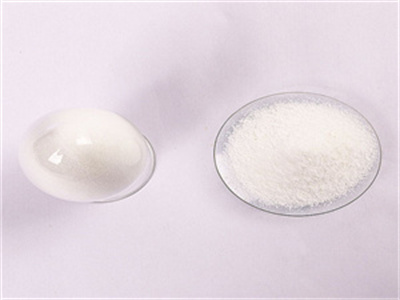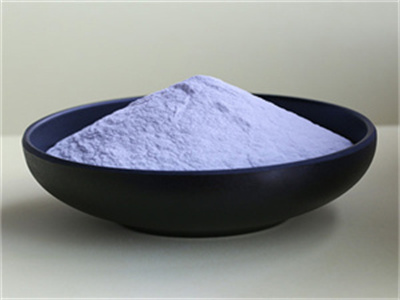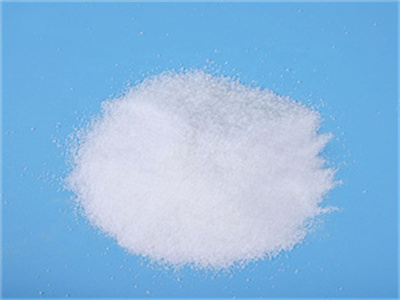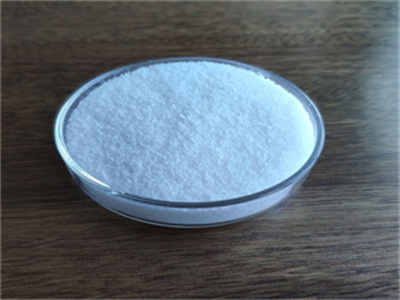good quality water treatment material phpa anionic polyacrylamide
| Classification | Chemical Auxiliary Agent |
| Appearance | White powder or translucent powder |
| Molecular Weight | 22-35million |
| CAS No. | 9003-05-8 |
| Package | 25kg PE Bag |
| Application | textile,sugar industries |
america, and central america and the g-3. and all the countries of these sub-regional groupings are, of course, now members of the acs. in the post colonial era. many if not all of the members of the acs have, to varying degrees to be sure, benefited in the short and medium-term from our different bilateral or other relationships with our
biodegradable graft polymer pam polyacrylamides of fenugreek mucilage
| Classification | Chemical Auxiliary Agent |
| Appearance | White/light yellow granule or powder |
| Molecular Weight | 8-40 Million |
| CAS No. | 9003-05-8 |
| Package | One 20’fcl load in 15-18MT Palletized |
| Application | Textile industry |
request pdf biodegradable graft polymer pam polyacrylamides of fenugreek mucilage and polyacrylamide: a renewable reservoir to biomaterials polyacrylamide-grafted-fenugreek mucilage (fen-g-pam) polymer pam polyacrylamides were
polymer pam polyacrylamide price
| Classification | Chemical Auxiliary Agent |
| Appearance | white particles |
| Molecular Weight | 16-18 million |
| CAS No. | 9003-05-8 |
| Package | 25kg Kraft Paper Bag |
| Application | chemical industry |
polymer pam polyacrylamide price reactivity at high polymerization temperature is one of important factors for the choice of metallocene catalyst. we checked the polymer pam polyacrylamide price reactivity of the catalyst using ph 2 c(cp)(flu)zrcl 2. table 3 shows the ethylene/1-hexene polymer pam polyacrylamide price results with various metallocene catalyst systems.
waste water treatment polyacrylamide
| Classification | Chemical Auxiliary Agent |
| Appearance | White/light yellow granule or powder |
| Molecular Weight | 5-22 million |
| CAS No. | 9003-05-8 |
| Package | 900-1000kg packed in one pallet |
| Application | agriculture and other industries |
polyacrylamide (pam) is a commercially relevant cationic polymer utilized mainly for water treatment due to its high efficiency and rapid dissolution. being a cationic polymer, pam can increase the settling rate of bacterial floc and improve the capture of dispersed bacterial cells, suspended solids, and cell fragments; therefore, one of its
waste water treatment polyacrylamide
| Classification | Chemical Auxiliary Agent |
| Appearance | White granule/power |
| Molecular Weight | 5-22 million |
| CAS No. | 9003-05-8 |
| Package | Net Weight 25kg/bag |
| Application | environmental protection industries |
polyacrylamide iupac poly2-propenamide or poly1-carbamoylethylene, abbreviated as pam is a polymer -ch 2 chconh 2- formed from polyacrylamide subunits. it can be synthesized as a simple linear-chain structure or cross-linked, typically using n,n'-methylenebisacrylamide.





